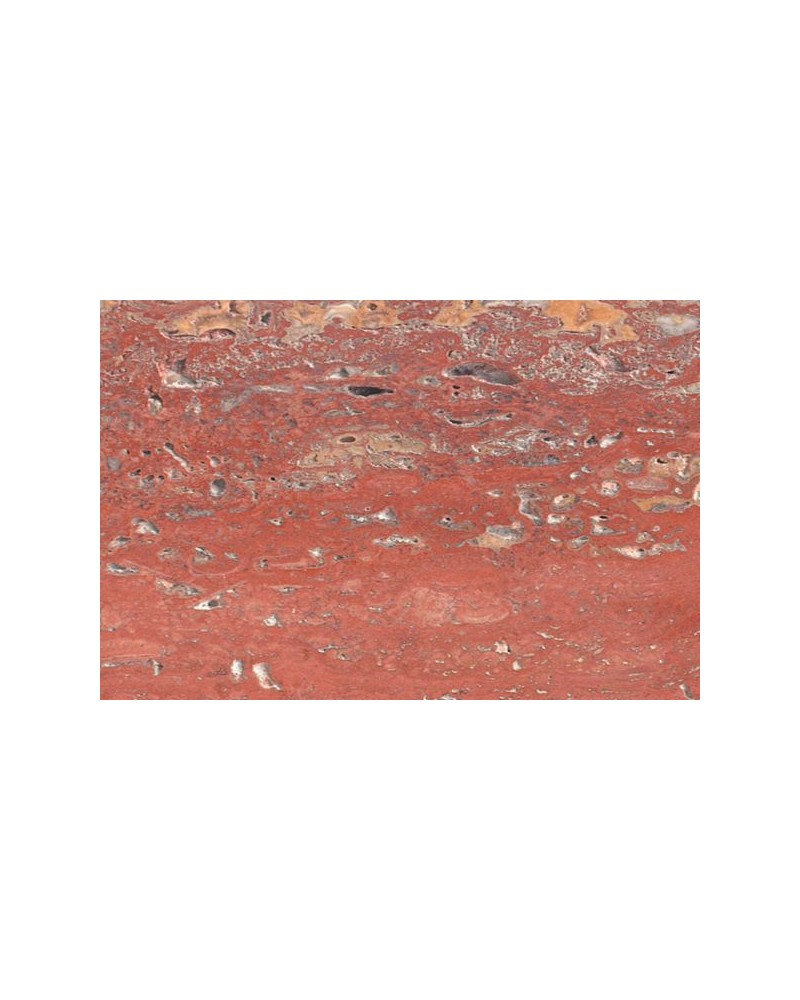
red travertine limestone
All prices incl. VAT, plus shipping costs.
For deliveries to countries other than Germany
the final prices may change in the checkout.
MORE INFO
We deliver fast - Postage free from 150 € (DE) - 60 days right of return - mail@bildhau.de - Tel.: +49 (0)221-99874700




All prices incl. VAT, plus shipping costs.
For deliveries to countries other than Germany
the final prices may change in the checkout.
MORE INFO
Sehr schöner und charaktervoller Kalkstein, der von Hand und mit der Maschine bearbeitet werden kann. Die Bearbeitung ist herausfordernd, da der Stein in der Härte stark variiert und zahlreiche kleine und große Poren (Löcher) hat. Wir empfehlen den Stein daher vorwiegend für freie Formen und weniger für figurative Darstellungen.
TECHNISCHE ANGABEN
| Herkunft | Iran |
| Härtegrad Mohs | 2,5 - 3 |
| Aussehen | rot, gebändert oder wolkig |
| Struktur | stark gelagert, feste Bindung |
| Dichte | 2,45 kg/dm³ |
| Druckfestigkeit | ca. 50 MPa |
| Wasseraufnahme | ca. 1,65 % |
BEARBEITUNG
Travertin lässt sich außer mit der Maschine sehr gut von Hand mit Schmiedestahl-Werkzeugen bearbeiten, wie z.B. Spitzeisen und Flacheisen. Aufgrund seiner Struktur ist Travertin nicht ganz einfach zu bearbeiten. Der Stein lässt sich schleifen und auch sehr gut polieren.
Travertin kann im Freien aufgestellt werden, er ist jedoch anfällig für Algenbefall. Der Stein ist weitgehend frostfest. Eine hochglänzende Politur wird bei Aufstellung im Außenraum mit der Zeit matt, da Travertin wie alle Kalksteine nicht säureresistent ist.
WEITERE INFOS
Travertine sind Sedimentgesteine, die in Süßwasser an Quellen, in Seen und Flüssen gebildet wurden. Travertin ist im Vergleich zu anderen Kalksteinen ein sehr junges Gestein, er entstand im Pleistozän und ist damit 'nur' rund 1,7 Millionen Jahre alt. Die zahlreichen Poren, die charakteristisch für Travertin sind, konnten durch ausgelaugte Ton- und Sandsteineinlagerungen entstehen oder durch Einschlüsse von Gasen.
Roter Travertin besteht zu etwa 94 % aus Calcit, weitere Bestandteile sind Eisenoxid (Hämatit, daraus ergibt sich sie Färbung), Siliziumdioxid, Natriumoxid oder auch Aluminiumoxid.
Abgebaut wird der persische Travertin im Nordwesten des Iran in der Provinz Ost-Aserbaidschan.
Hier finden Sie interessante Informationen zum Berechnen des Gewichtes eines Bildhauersteines.